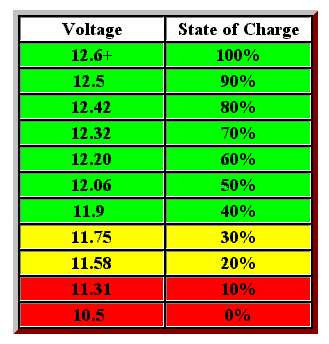AKBill
En-Route
What causes poor battery life... Lately I have had to jump my little Beech to start. Battery is a 4 year old, Gill G-35. My first battery lasted 10 years...
AMP meter shows good charge when engine is running.
I have pulled and serviced every year since new. Been flying at least once a week all summer. Pulled battery a few weeks ago and serviced. Same thing, 1 week later, had to jump start.
Are the plats Bad or do I look elsewhere???
AMP meter shows good charge when engine is running.
I have pulled and serviced every year since new. Been flying at least once a week all summer. Pulled battery a few weeks ago and serviced. Same thing, 1 week later, had to jump start.
Are the plats Bad or do I look elsewhere???



